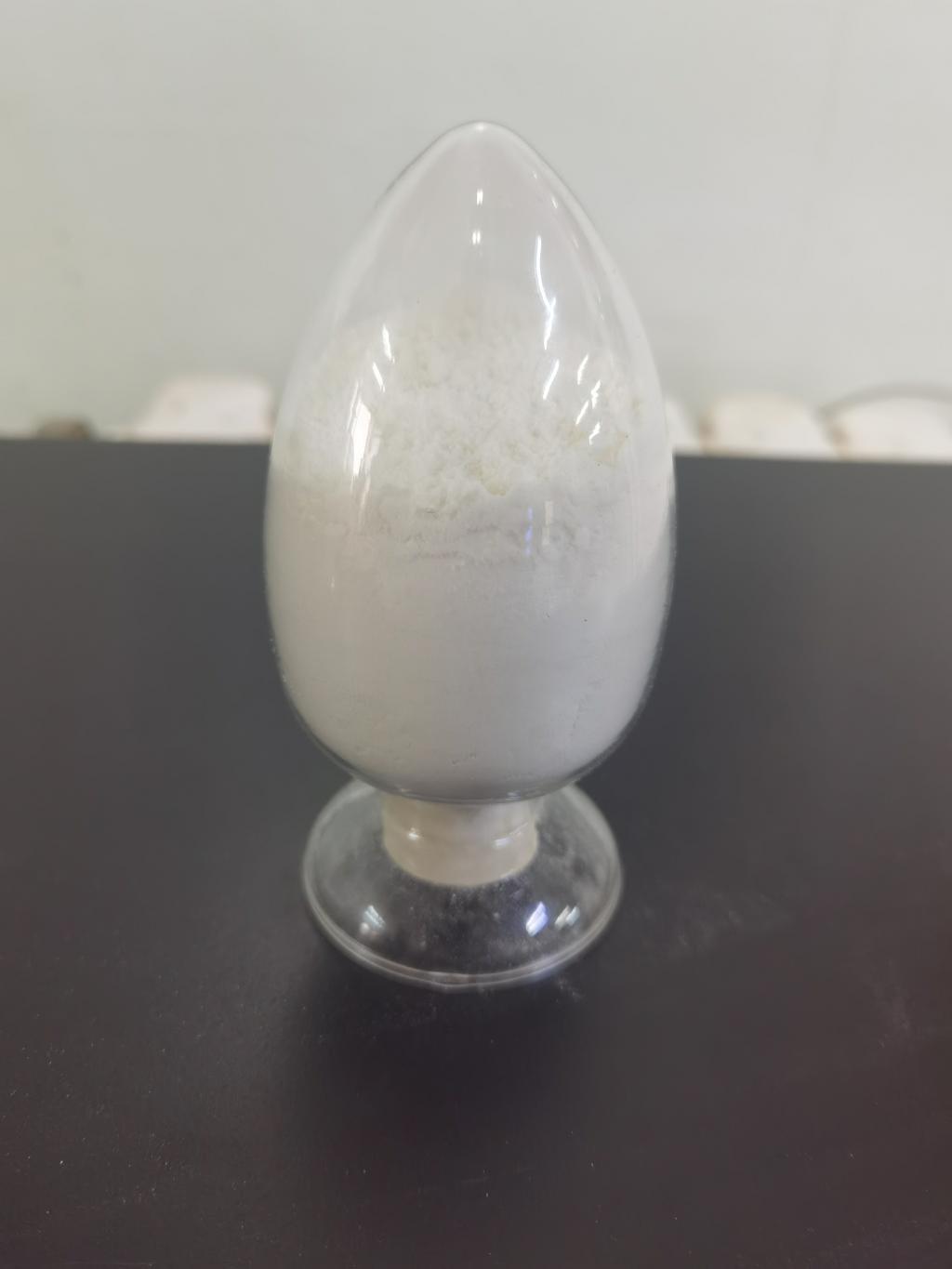Tel:+8618231198596

News
 CONTACT
CONTACT
 CONTACT
CONTACT
- Linkman:Linda Yao
- Tel: +8618231198596
- Email:linda.yao@dcpharma.cn
- Linkman:CHARLES.WANG
- Department:Overseas
- Tel: 0086 0311-85537378 0086 0311-85539701
News
Biodegradable Packaging Solutions with ε-Polylysine Hydrochloride.
TIME:2024-05-27
Understanding ε-Polylysine Hydrochloride:
ε-Polylysine Hydrochloride (ε-PL) is a natural antimicrobial compound derived from fermentation processes, particularly from strains of Streptomyces albulus. It is a cationic polymer composed of multiple lysine residues linked by peptide bonds. ε-PL exhibits potent antimicrobial activity against a broad spectrum of bacteria, fungi, and some viruses, making it a versatile and effective antimicrobial agent.
Mechanism of Action:
The antimicrobial action of ε-PL involves disrupting microbial cell membranes and interfering with essential cellular processes. ε-PL interacts with the negatively charged components of microbial cell membranes, such as lipopolysaccharides and teichoic acids, leading to membrane destabilization and permeabilization. This disruption causes leakage of cellular contents, loss of membrane integrity, and eventual microbial cell death. Importantly, ε-PL's mechanism of action is different from that of conventional antimicrobial agents, reducing the likelihood of microbial resistance development.
Integration into Biodegradable Packaging:
Biodegradable packaging materials, such as bioplastics and bio-based polymers, offer a sustainable alternative to traditional petroleum-based plastics. However, microbial contamination and spoilage can compromise the safety and quality of biodegradable packaging products, limiting their shelf life and effectiveness. By incorporating ε-PL into biodegradable packaging formulations, manufacturers can enhance microbial resistance and extend the shelf life of packaged products while maintaining environmental sustainability.
Applications in Food Packaging:
In the food industry, ε-PL-enhanced biodegradable packaging materials offer significant benefits in preserving the safety and quality of perishable food products. By inhibiting microbial growth on the packaging surface and within packaged products, ε-PL helps prevent food spoilage, extend shelf life, and reduce food waste. Biodegradable packaging solutions with ε-PL can be used for a wide range of food products, including fresh produce, meat, poultry, seafood, dairy, and bakery items, providing consumers with safer and more sustainable packaging options.
Environmental Impact and Sustainability:
Biodegradable packaging materials with ε-PL contribute to environmental sustainability by reducing reliance on fossil fuel-based plastics and minimizing plastic pollution. Unlike conventional plastics, biodegradable packaging materials break down into non-toxic compounds through natural processes, such as microbial degradation and composting, reducing their environmental footprint. Additionally, ε-PL is biodegradable itself, further enhancing the overall sustainability of ε-PL-enhanced biodegradable packaging solutions.
Regulatory Considerations and Safety:
As with any food contact material, ε-PL-enhanced biodegradable packaging materials must comply with regulatory requirements for food safety and packaging materials. Regulatory agencies, such as the U.S. Food and Drug Administration (FDA) and the European Food Safety Authority (EFSA), assess the safety and suitability of ε-PL for use in food packaging applications. Manufacturers must ensure that ε-PL concentrations and migration levels in biodegradable packaging materials comply with regulatory limits to ensure consumer safety.
Conclusion:
ε-Polylysine Hydrochloride (ε-PL) offers a revolutionary approach to enhancing the safety, quality, and sustainability of biodegradable packaging materials. By integrating ε-PL into biodegradable packaging formulations, manufacturers can effectively inhibit microbial growth, extend shelf life, and reduce food waste, while promoting environmental sustainability. With continued research, innovation, and collaboration between industry stakeholders and regulatory agencies, ε-PL-enhanced biodegradable packaging solutions have the potential to revolutionize the packaging industry and contribute to a more sustainable future.
- Tel:+8618231198596
- Whatsapp:18231198596
- Chat With Skype







